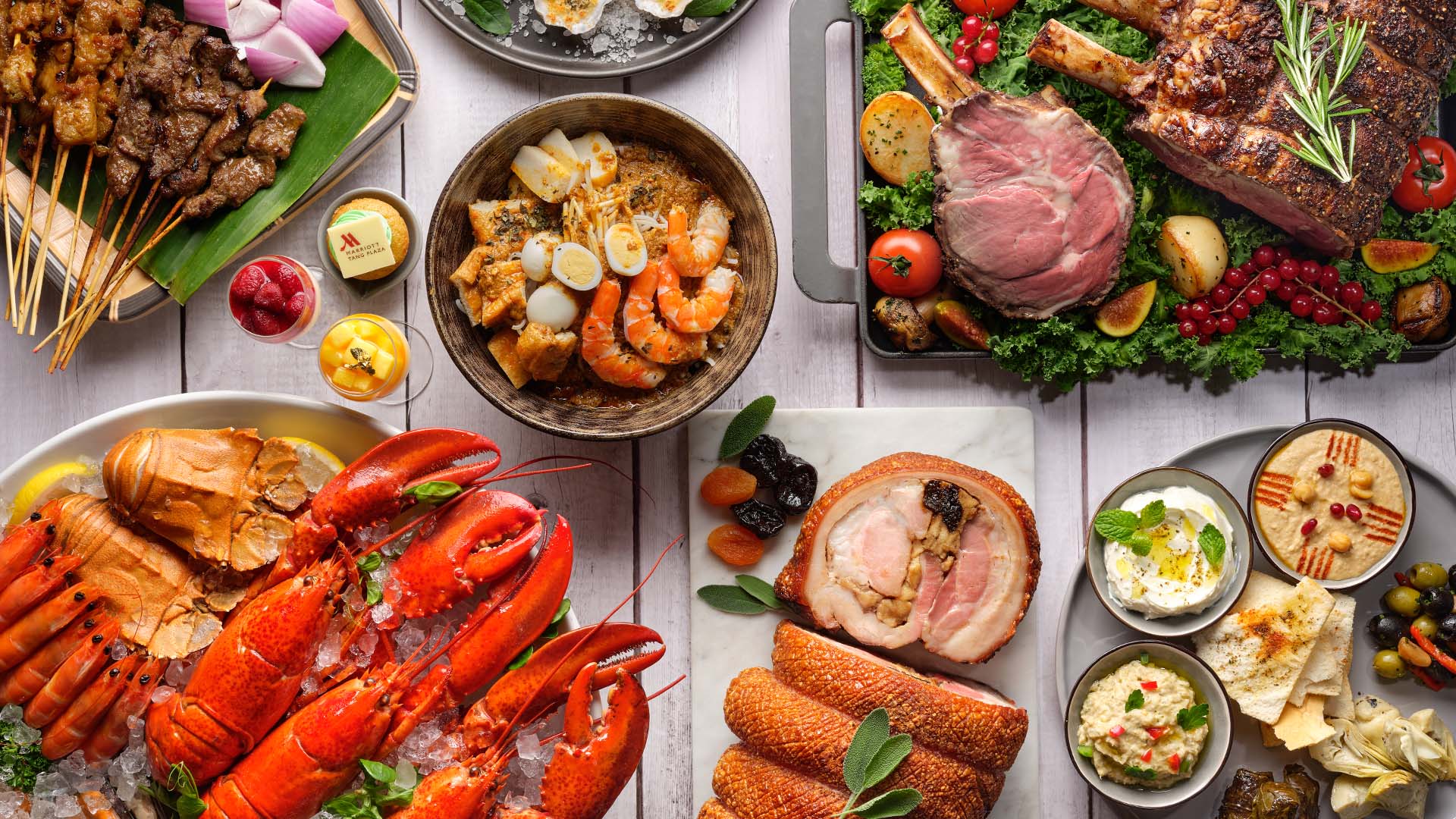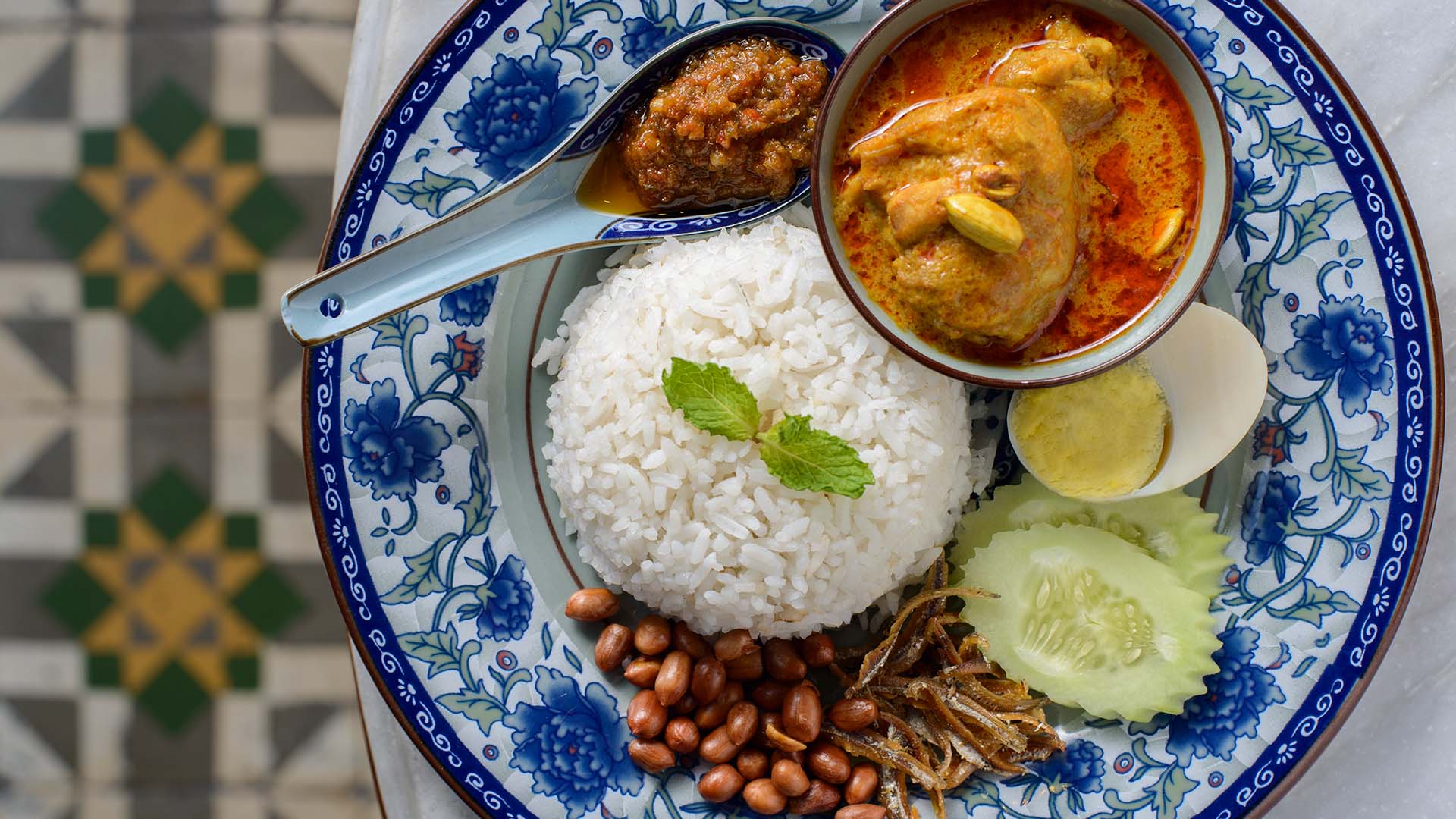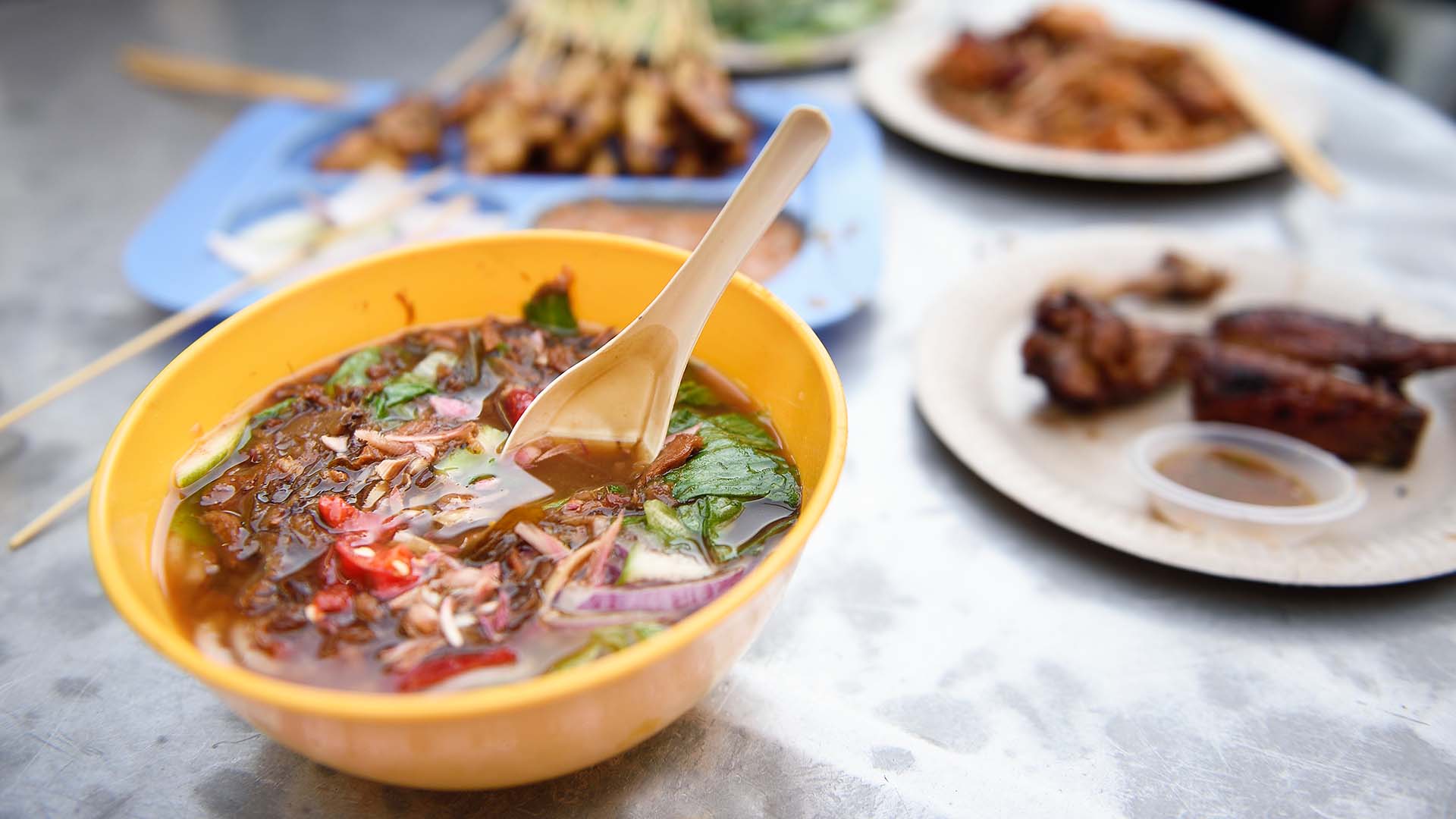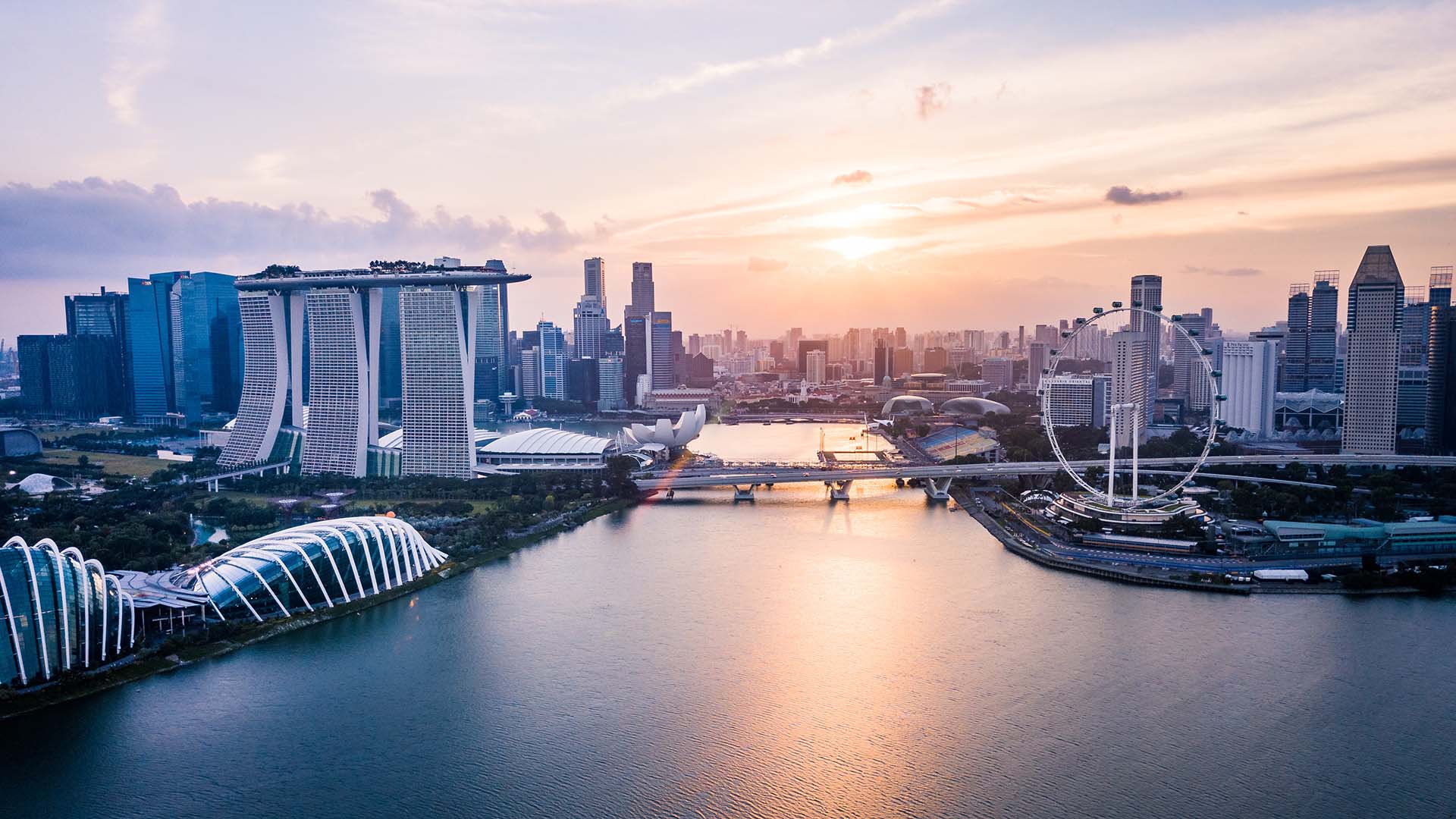For centuries, immigrants from all corners of the earth have made this island on the equator their home, and there are many merits to this, especially gastronomic. In Singapore restaurants, it’s often hard to distinguish between various cuisines since they’ve so deeply influenced one another.
For example, there’s Peranakan food, arguably the world’s first fusion cuisine. Peranakans are the descendants of Chinese men and women who arrived on the Malay Peninsula in the 15th century, and their traditional cuisine is a savory mix of Chinese, Malay, Thai, Indian and European influences.
Names of dishes often combine several languages, such as mee goreng (fried noodles): Mee is Hokkien for “noodles,” and goreng means “fried” in Malay.
Then there’s Hainanese chicken rice from Hainanese immigrants, laksa (soup noodles) from Peranakans, roti canai (flatbread with curry) from Indians, and chili crab, a Singaporean invention from the 1950s.
For a sampling of Singapore’s exciting food scene, try these five restaurants.
As always, check for travel restrictions and closures before planning your trip.
Putien ION Orchard

Just across the street from the Singapore Marriott Tang Plaza Hotel, this popular spot serves refined, homestyle Chinese food in a space with a light wood interior.
At Putien’s entrance is a Tiffany-blue wall with white zigzags that resemble waves, and in fact, the owner, Chi Chung, named the restaurant after his hometown, a coastal city in China’s Fujian province, when he first moved to Singapore in the 1980s.
Unlike other restaurants that might infuse Malay or Thai ingredients, this is true Fujian-style food. The restaurant’s stellar dish is the lor mee, which is silky noodles with pork belly, prawns and clams in pork broth. The braised homemade bean curd and oyster omelet are also fine options.
True Blue
Peranakan food has become a buzzword in recent years, especially with fine dining restaurants offering palatable modern versions of it. True Blue, however, does not water down the flavors, and though those unfamiliar with the cuisine might find it overpowering, it’s authentic.
The restaurant occupies a stately, wildly colorful Peranakan house on Armenian Street. Antique wood furniture and ceramics fill the house, as well as lovely patterned tiffin carriers (metal lunchboxes) and mortar and pestle sets used to ground spices.
True Blue’s star ingredient is the buah keluak, an acerbic, truffle-tasting nut from kepayang trees grown in Southeast Asia’s mangroves. The truly brave should order the ayam buah keluak, a chicken stew cooked with the nut.
Other classic Peranakan dishes include prawn curry, okra with spices and a delightful ngoh hiang, or various meats and vegetables rolled into bean curd skin and deep-fried.
The Coconut Club

Perched on the top of Ann Siang Hill above Chinatown, The Coconut Club occupies a renovated narrow Chinese shophouse and fits in with the many fashionable bars and cafés nearby.
The restaurant serves one main dish, nasi lemak, which is fragrant rice cooked with coconut oil and served with chicken, anchovies, peanuts, cucumber slices and sambal.
There’s alfresco dining on the terrace, and inside, a black-and-white portrayal of a Malay kampung, or village, alludes to nasi lemak’s humble origins.
Also on the menu are sambal clams and otak otak — grilled ground fish meat mixed with spices — wrapped in banana leaf. For dessert, try the cendol, or shaved ice, with red beans, green rice jelly, coconut milk and syrup.
JB Ah Meng
For decades, East Coast Park was the place to go for seafood, but nowadays, it’s more tourist spectacle, less quality dining. Locals know the best place to eat crab is, ironically, away from the coast and in the heart of Geylang, a district with a well-known past of illicit activity.
Most establishments tout chili crab, but JB Ah Meng distinguishes itself with its sweet and flavorful white pepper crab soaked in mild-spicy sauce. The dining area is snug, and tables spill onto the sidewalk. In the evening, outdoor seating is a better option.
Geylang buzzes with the glow of lit-up mosques and bustle of sundries shops shuttering for the day. Most diners will order the fried bee hoon noodles and garlic chili clams to go with the crab and have a coconut drink to wash it all down.
328 Katong Laksa (51 East Coast Road)

A stronghold of Peranakan culture, Katong’s gorgeous frangipani-fringed, heritage-protected 1920s shophouses contrast greatly with Singapore’s futuristic skyline. Nestled in one of these shophouses, down the road from an ornate Hindu temple, is 328 Katong Laksa.
As is common practice in casual eateries in Singapore, patrons “chope,” or claim a seat with a packet of tissue paper, then order at the counter.
Keep in mind that every version of laksa is different — for instance, Penang laksa uses mashed mackerel broth. 328’s version is simpler but just as divine, consisting of vermicelli noodles, shrimp, fish cakes, clams and cockles in a coconut-rich broth mixed with chili. The only utensil is a small spoon, so scoop and slurp!




